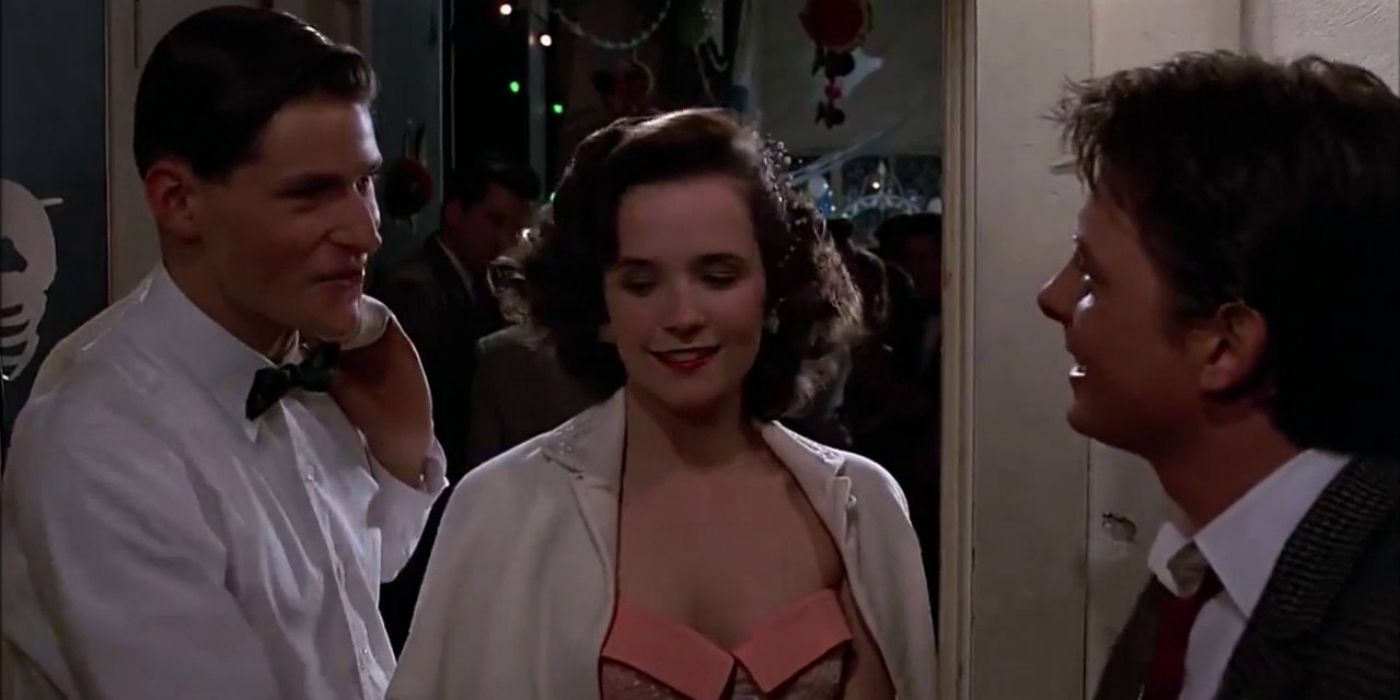Sci-Fi movies that involve time travel often include, but struggle to resolve, the idea of a causal time loop or temporal paradox. Movies such as The Terminator and Back to the Future tend to ignore the paradox, while other films, like Triangle or Predestination, cleverly use it as a big twist in the final act.
The causal loop paradox is a kind of self-fulfilling prophecy. The paradox happens in a time travel story where the events of the future depend on changing the events of the past. How does the loop start if there is presumably a version of the past that remains unaffected by the future? The time loop becomes both inescapable and illogical because there is no possible way for it to begin. Whether the result of superpowers or technology, time travel in Sci-Fi movies seems to be constantly grappling with this problem.
2020s Movies Are Finally Bringing Back Smart Sci-Fi
The Terminator is one of director James Cameron's best movies but it is also a perfect example of a causal loop, and the problems within that. Kyle Reese is sent back in time from a future dominated by Skynet in order to save Sarah Connor from a cyborg assassin that has also been sent back from the future. Sarah must be saved so that she can eventually give birth to the future leader of the resistance, John Connor. As a romance develops between Sarah and Kyle it becomes obvious that the latter is John’s father. But therein lies the paradox: John Connor only exists because he sent his own father back in time. So how did John Connor come to be born in the initial timeline, before Kyle Reese travels back in time? The Terminator is unable to resolve the issue.
Back to the Future runs into similarly tricky territory. When Marty and Doc travel back to the 1950s, Marty meets the teenage versions of his parents, Lorraine and George. After altering a timeline by saving George from a car accident, Marty must get his parents together so that he will exist when he and Doc get back to the future. For both movies the unanswered question is about where it all begins. It is a mystery that remains unanswered in part because the focus of the movies lies elsewhere, namely on the spectacle of FX-driven adventure and action, but also because to attempt to do so would likely only cause more problems with their internal logic.
Some movies take a more direct approach when it comes to the causal loop paradox. The twist ending to the intelligent Sci-Fi time travel movie Triangle is that the killer stalking an upturned yacht is in fact a future version of one of the survivors. The killer is caught in a time loop of hunter and hunted. Likewise, in the thriller Predestination, Ethan Hawke plays a transgender detective sent back to 1970s New York in order to stop a bombing only to discover that he is both the bomber and the investigator. Hawke’s character was placed into a time loop by his supervisor who wanted to extend his authority outside the constraints of time.
There are clearly two different approaches to solving the causal loop paradox: use it as a device to create a twist in the plot, or ignore it completely so as to not let it detract from the spectacle. For high-brow genre exercises like Predestination and Triangle, the paradox leads to some surprising places and raises some intriguing questions. For blockbuster movies like The Terminator and Back to the Future, the lack of any real answer to the causal loop never takes away from their entertainment value. In all cases, however, the inner-working of the time loop is largely left unresolved by the Sci-Fi movies.


